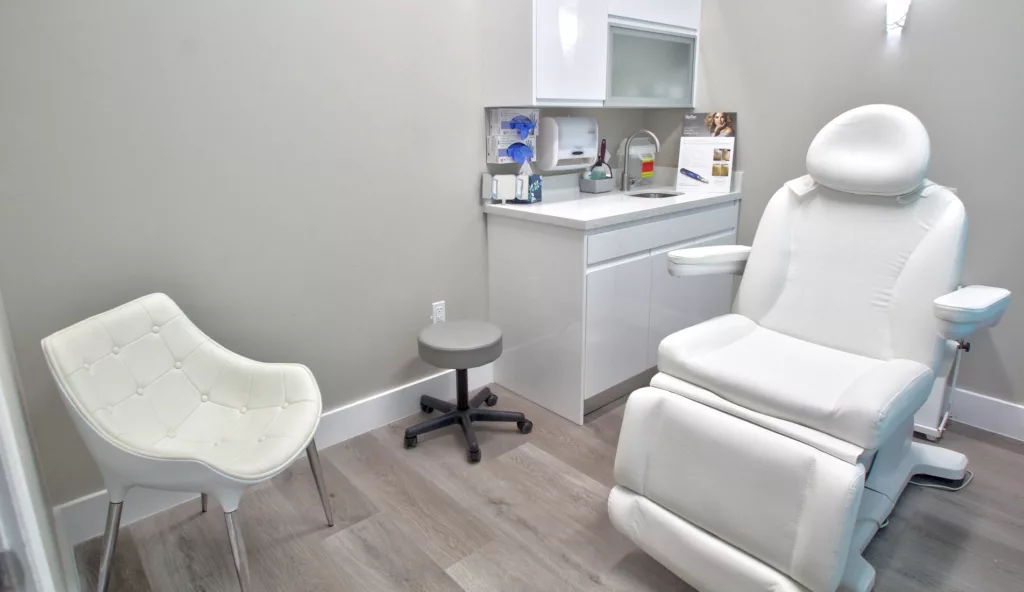Signing an exclusive listing agreement represents a significant milestone when preparing to sell your practice. This decision signals more than just starting the sales process - it demonstrates your commitment to achieving a successful transition.
Understanding Your Position
Before diving into agreement details, it's important to know where you are in the transition process. Many practice owners find themselves somewhere between exploring options and being ready for active transition planning. Our Practice Transition Process Map can help you identify your current position and understand the path forward.
Understanding Exclusive Listing Agreements
An exclusive listing agreement is a contract between you and your practice transition advisor. It establishes your commitment to work with one advisor for a defined period, typically 12 months, and outlines the compensation structure - usually a percentage of the final sale price paid at closing.
Essential Elements for Success
A comprehensive exclusive listing agreement should establish:
- Clear Representation Terms: Your advisor's exclusive right to represent your practice
- Defined Timeline: Standard duration of 12 months to allow for proper process execution
- Compensation Structure: Transparent fee arrangements paid at closing
- Service Scope: Detailed outline of advisor deliverables
- Confidentiality Protection: Safeguards for sensitive practice information
- Process Management: How the transition will be handled
- Market Approach: Strategy for presenting to potential buyers
- Success Metrics: Clear definition of desired outcomes
Why Incentive Alignment Matters
Quality advisory firms make significant upfront investments in your transaction. This includes dedicated financial analysts, CPAs, and transaction specialists who spend considerable time understanding your practice. Without exclusivity, this comprehensive approach becomes difficult to justify and can lead to market confusion if multiple parties present your practice differently.
Timeline Considerations
The 12-month duration reflects real-world transaction complexity. While preparation might take just weeks with organized financials, buyer due diligence often extends 3-4 months. External factors like lease assignments or complex ownership structures may require additional time.
The Investment Reality
Your advisor's team will invest substantial resources in understanding and positioning your practice. This includes:
- Financial analysis and valuation
- Market positioning strategy
- Confidential marketing materials
- Buyer qualification
- Transaction management
Creating True Partnership
Think of an exclusive agreement as creating a temporary business partnership. Your advisor's success depends entirely on achieving your goals, and creating natural alignment. This shared interest helps drive optimal outcomes in both value and terms.
Understanding the Process
Every practice transition follows a unique path. Our Process Map outlines key milestones from initial consideration through closing, helping you:
- Understand each stage of the transition process
- Identify your current position
- Prepare for upcoming steps
- Plan timelines effectively
Moving Forward
When you're ready for a transition, an exclusive listing agreement provides the structure needed for success. It ensures your advisor can fully invest in your transaction while maintaining confidentiality and market positioning. The agreement represents more than just starting the process - it demonstrates a mutual commitment to achieving your transition goals.
Practice Transitions Group brings extensive experience structuring exclusive listing agreements that protect practice owners' interests while maximizing transaction potential. Download our Process Map and contact us to discuss your specific situation and goals.



